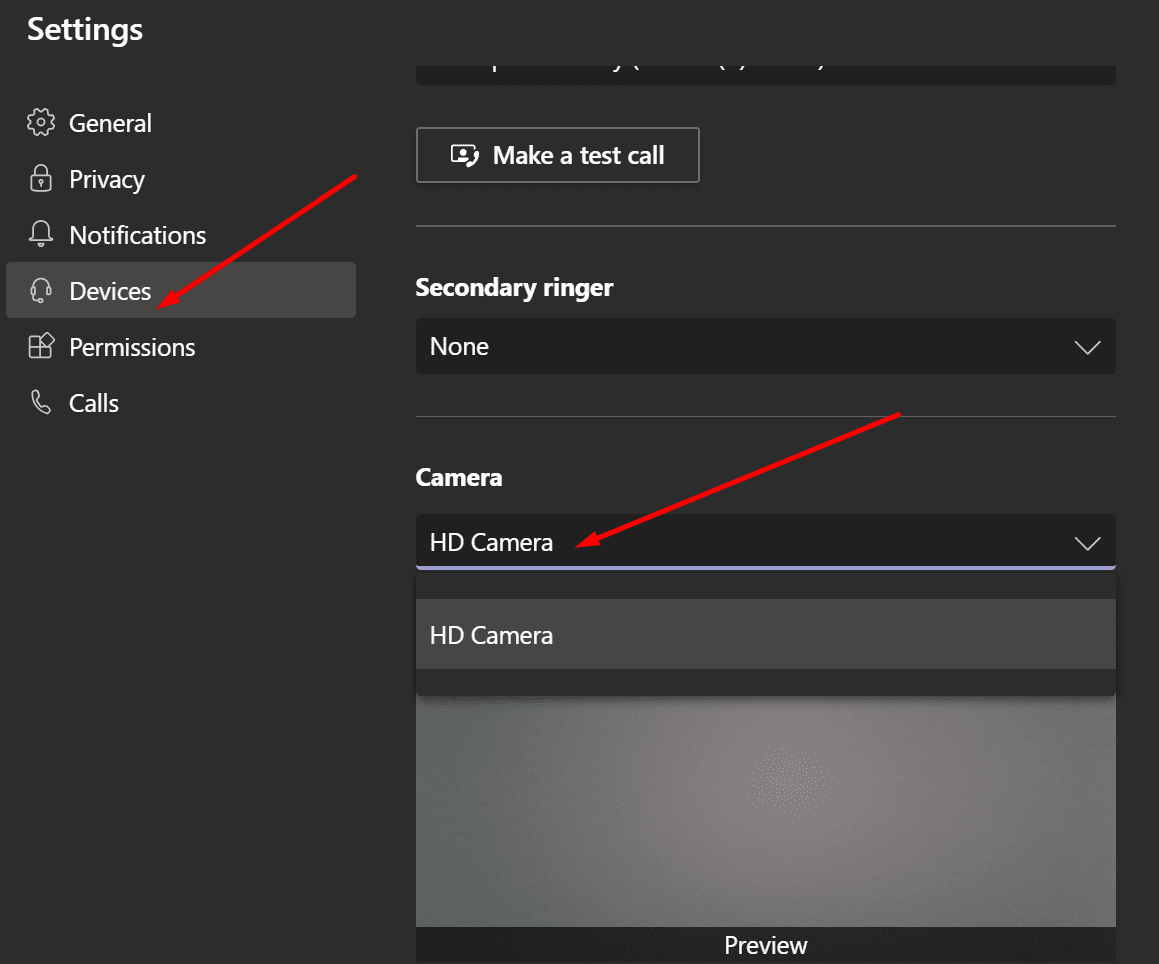
/cdn.vox-cdn.com/uploads/chorus_image/image/61137515/Skype_for_desktop_preview_4.0.png)
With the technical integrations both behind and ahead of it, Lync’s branding change is clearly more than just a renaming of the product. Meanwhile, the video support involves “high quality, scalable video using the industry standard H.264 SVC codec.” Calls will default to use the SILK audio codec, which Microsoft chose because it offers “a phenomenal balance between audio quality, bandwidth utilization and power consumption,” the company explains on its Office Blogs website. Additionally, the stream can cross personal and corporate firewalls using STUN, TURN and ICE. The products now offer built-in security with enterprise class encryption of media and signaling using TLS and SRTP, enabled by default. Under the hood of this integration, the teams have worked on the underlying media stack, upping Skype’s feature set along the way. Skype is now working to expand this integration to more platforms, starting with iOS and Android. However, video calling is supported only on an up-to-date Lync 2013 client on Android, iOS or Windows and on Skype for Windows desktop. To use the now cross-platform video calling feature, you don’t have to do anything differently from before – you just kick off the call the same way you do today.
Skype video call greyed out series#
The change follows a series of deeper integrations between the two products, the latter of which will be rebranded “Skype for Business” sometime in 2015. Skype users can now video call contacts on Lync, and vice versa, Microsoft announced this morning. Today, the company says, the video integration is complete.


Last year, Microsoft announced that its consumer-facing Skype communications service and its enterprise-focused counterpart would begin to interoperate, first with IM and audio, and later expanding to support video.


 0 kommentar(er)
0 kommentar(er)
